- Mike Coupe believes Argos acquisition would allow Sainbury’s to compete with UK’s biggest non-food retailers
- Coupe says customers would be able to collect Argos goods from Sainsbury’s stores within four hours of ordering
- Only “a handful” of existing Argos shops would be converted into Sainsbury’s Local c-stores
- But Coupe warns deal still faces “a series of hurdles” despite agreeing a proposed £1.3bn offer of Home Retail Group
Sainsbury’s boss Mike Coupe has declared the grocer can compete with John Lewis, Amazon and M&S, if it completes a takeover of Argos.
Sainsbury’s revealed this morning that it has agreed terms for a £1.3bn acquisition of Home Retail Group. The proposed offer to acquire Argos alone would be worth £1.1bn, should the sale of Homebase to Wesfarmers be completed before Sainsbury’s completes its purchase.
Coupe said the takeover would “accelerate” the grocer’s multichannel strategy and “set Sainsbury’s up for the medium to long term”.
He said that the combined Sainsbury’s and Argos business would boast 2,000 stores, 100,000 non-food products and a “world-leading” distribution network, which would allow it to go toe-to-toe with the biggest players in the market.
Asked if he would see Sainsbury’s biggest rival as John Lewis or Amazon, Coupe said: “They are all competitors. This business already competes with many different companies in many different sectors, not least the grocers, right the way through to companies like Amazon and John Lewis.
“From a customer point of view, it would create the UK’s largest non-food retailer, with sales of around £6bn. That’s larger than John Lewis, it’s larger than the M&S non-food business, it’s larger than Dixons Carphone.
“That’s a pretty substantial business across a wide range of non-food products. Argos tends to be strong in furniture, in home appliances, in electricals. Sainsbury’s is strong in clothing, homewares and kitchenwares.”
He added: “The portfolio of products is around 100,000 – 50,000 from each company – trading through 2,000 shops and through what we believe to be an industry-leading, if not world-leading network to satisfy deliveries to home and click-and-collect.
“The Argos website is also the second-most visited transactional website in the UK, which is something I don’t think people fully appreciate. So the combined group would create a very compelling non-food offer.”
Coupe said the food and non-food networks of the two businesses would continue to sit separately, but admitted there was scope for “some aspects” of Sainsbury’s grocery offer, such as nappies, to be delivered through the Argos network.
He added that the deal would allow Argos products to be ordered online and collected in a Sainsbury’s store “within four hours”.
Coupe refused to be drawn on how many standalone Argos stores would be shuttered if a deal were to go ahead, but said only “a handful” of its shops would be converted in Sainsbury’s Local c-stores.
Despite potential closures, Coupe insisted there would be “more Argos points of presence in the future than there are today” because all 750 Sainsbury’s convenience shops and 600 supermarkets would have “a version” of the Argos offer.
Sainsbury’s is already piloting 10 Argos shop-in-shops, which range from 900 sq ft to 5,000 sq ft.
The supermarket giant’s finance boss, John Rogers, said £120m of synergies would be created through the deal, including £60m by moving some of the standalone Argos stores into existing Sainsbury’s locations as concessions. He added new Argos shop-in-shops would also be added in locations where “Argos doesn’t currently have a presence”, creating more points of presence for the retailer across the UK.
Rogers added a further “bucket” of £40m synergies would come from combining head office teams, buying power and the overlap of existing categories, with the remaining £20m deriving from the ability for Sainsbury’s to sell its general merchandise offer through the Argos distribution network.
He admitted there would be £140m of exceptional costs split across the first three years in order to achieve these synergies, including the outlay required to fit out new Argos concessions.
But despite laying bare the plans for the combined group, Coupe warned there were still a “series of hurdles” to come following the declaration of the proposed offer, including a three-week period of due diligence, a complete offer document, a shareholder vote and scrutiny from regulatory and competition watchdogs.
Coupe said he was not anticipating any hold-ups from the Competition and Markets Authority because the Sainsbury’s and Argos propositions are “very complementary”, but believed the acquisition process would still take at least “three to six months”.
He added that you could “never say never” that a third party would table a rival bid during that time period, but reaffirmed his confidence that a deal would be done.
“As is the case with any transaction of this nature, it’s not over until it’s over. At any point in that period, there is always a risk of an interloper,” Coupe said.
“But there are elements of this deal that we believe are uniquely available to us. There are very few, if any, potential investors who could make it work in the way we are suggesting.
“It’s the fact that we can bake a much larger cake by bringing the two organisations together which makes this, we think, unique.”





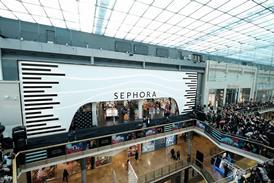













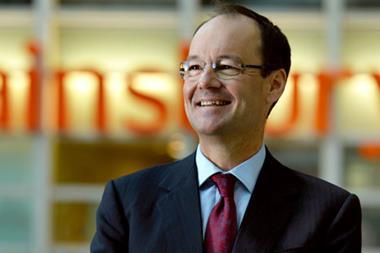

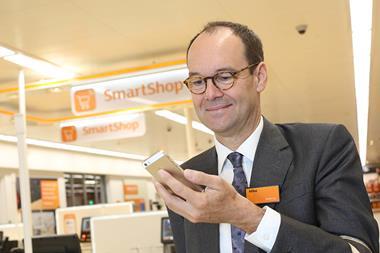
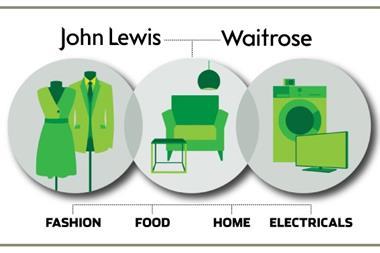
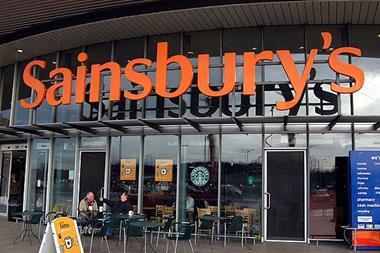

No comments yet